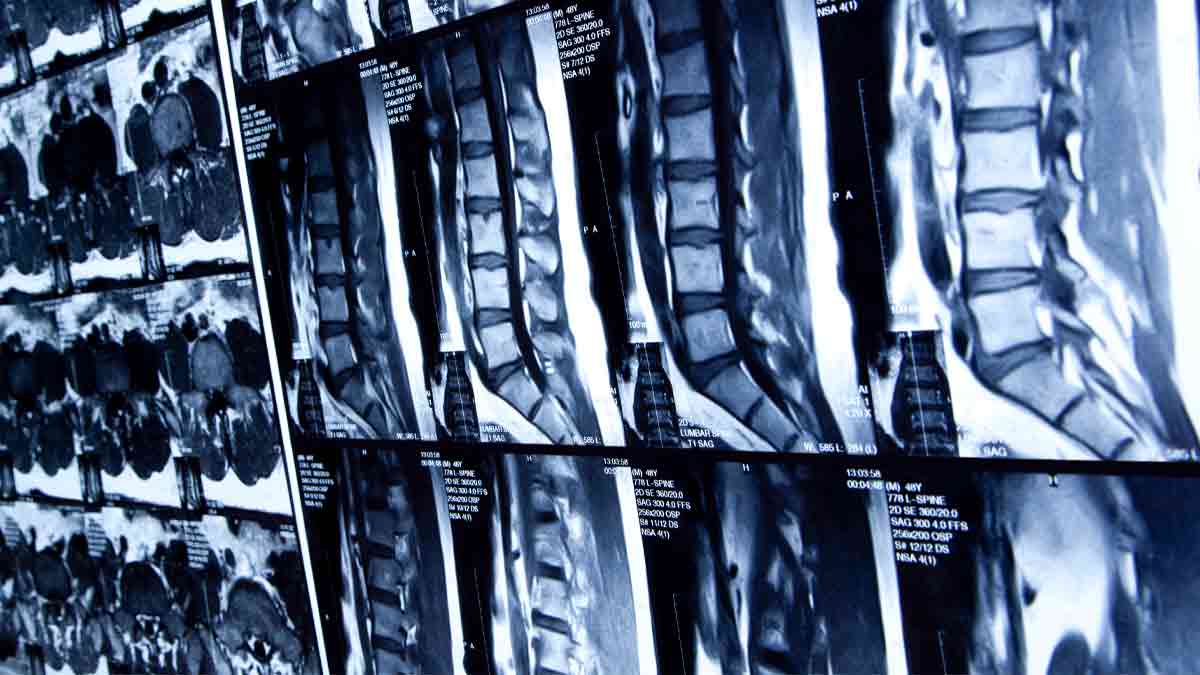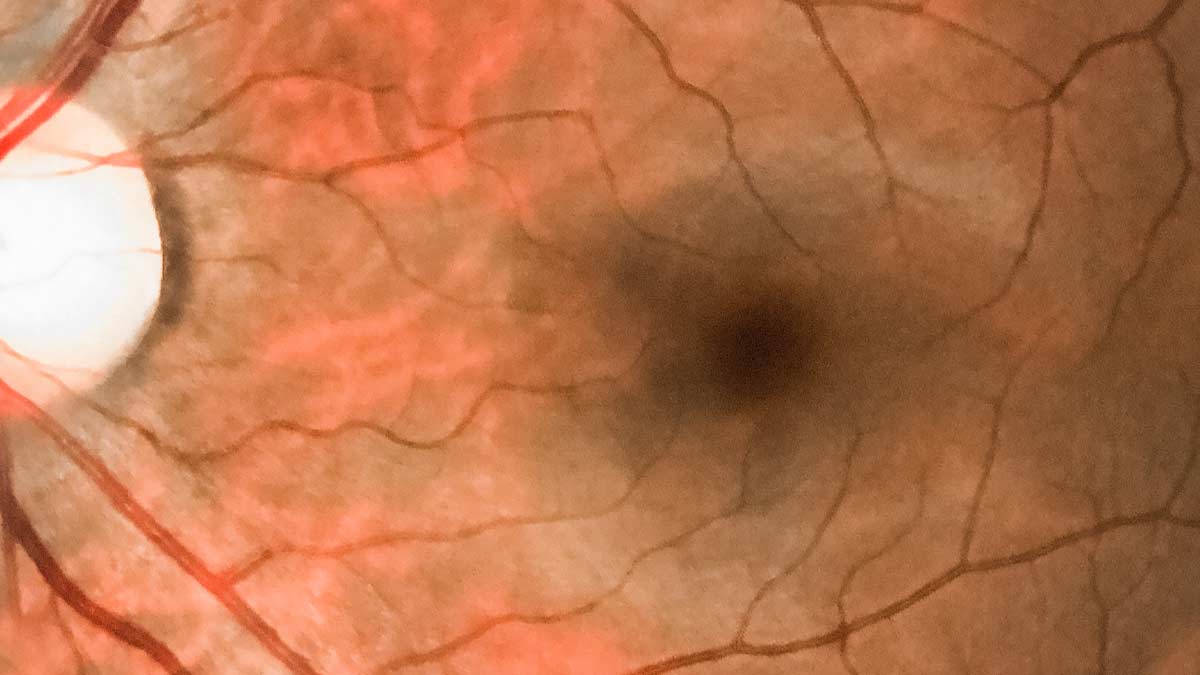College of Medicine awarded grant to find new approaches to treat brain cancer
A new $2 million five-year grant from the National Institute of Neurological Disorders and Stroke will help The Ohio State University College of Medicine researchers tackle the urgent need to find the key to effectively treating glioblastoma (GBM). The project goal is to find ways to circumvent resistance to therapies in order to significantly improve patient survival.
Glioblastoma is a devastating form of brain cancer that currently has no cure. It has the most aggressive type of malignant brain tumors, which rapidly reproduce and invade several parts of the brain, including frontal, temporal, parietal and occipital lobes. Glioblastoma is one of the most difficult types of tumors to treat because it is different in different patients, not every part of a tumor is the same, and it often recurs. As the tumors grow, they crowd out or interfere with normal brain functions, causing symptoms such as headaches, seizures, memory loss and behavioral changes. About 12,000 new cases are diagnosed each year in the United States – mostly among older people. The median survival rate is only 15 months – a prognosis that has not significantly improved in the past two decades despite intensive therapies.
Examining glioblastoma cells
Primary investigators for the new study are Deliang Guo, associate professor, and Arnab Chakravarti, professor and chair of Radiation Oncology. “Our recent research demonstrated that GBM patient tumor tissues contain large amounts of lipid droplets, triglycerides and cholesteryl esters,” Guo said. “This suggests that glioblastoma cells may store excess fatty acids and cholesterol in lipid droplets to avoid toxicity and maintain tumor growth. We need to know for sure.”
The new grant will fund research to determine whether lipid droplet formation in glioblastoma prevents endoplasmic reticulum (ER) stress and lipotoxicity. ER is a membrane system that serves multiple functions, especially in the synthesis, folding, modification and transport of proteins. The study also will investigate whether lipid droplet formation serves as an energy reservoir to support tumor survival, and determine whether disrupting lipid droplet formation could induce toxicity and energy crisis, thereby inducing tumor cell death.
Researchers hope through this study to reveal what role lipid droplets play in the disease, its method of molecular regulation, and its therapeutic potential, with the ultimate goal of bringing new approaches to counteract glioblastoma.



